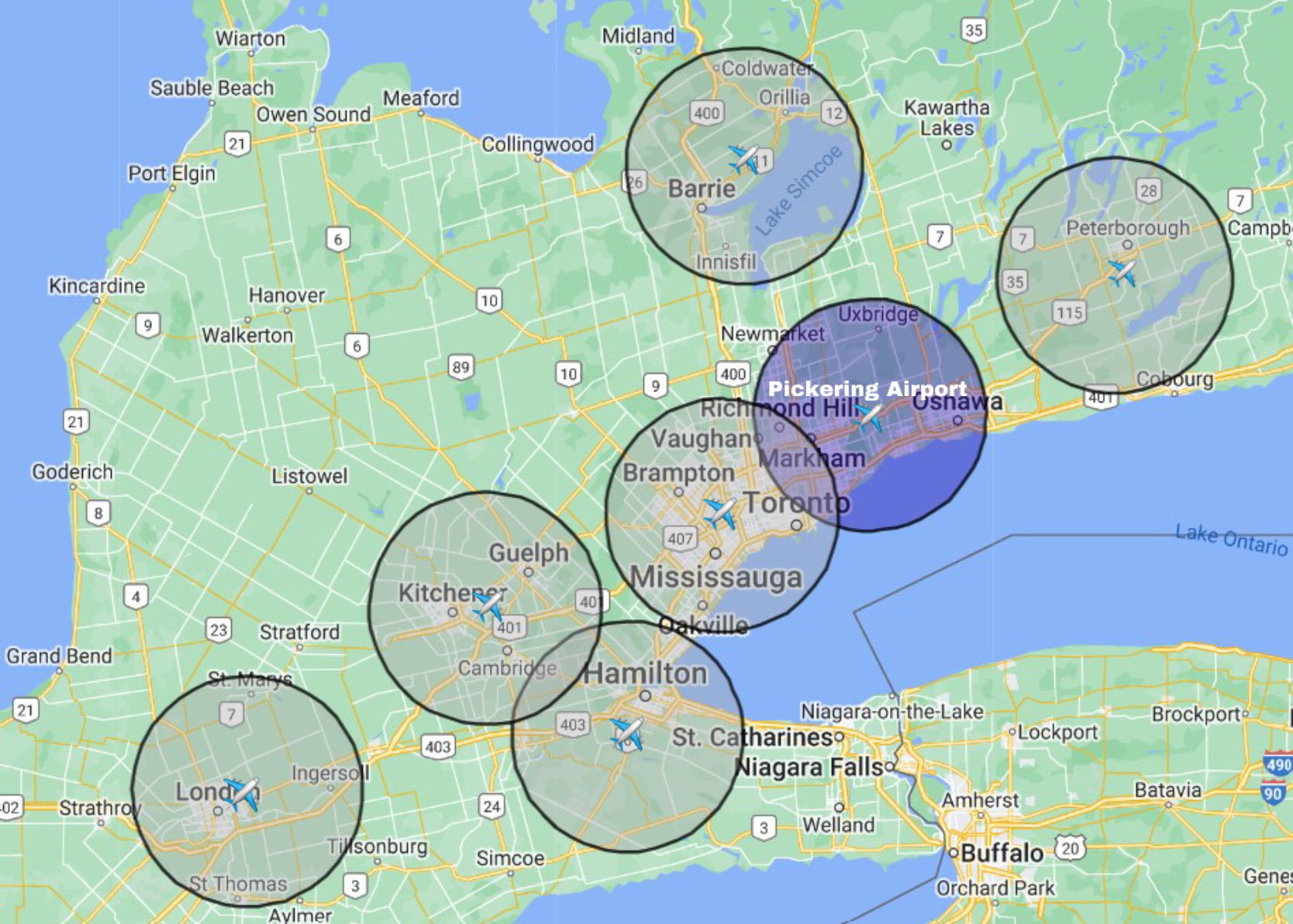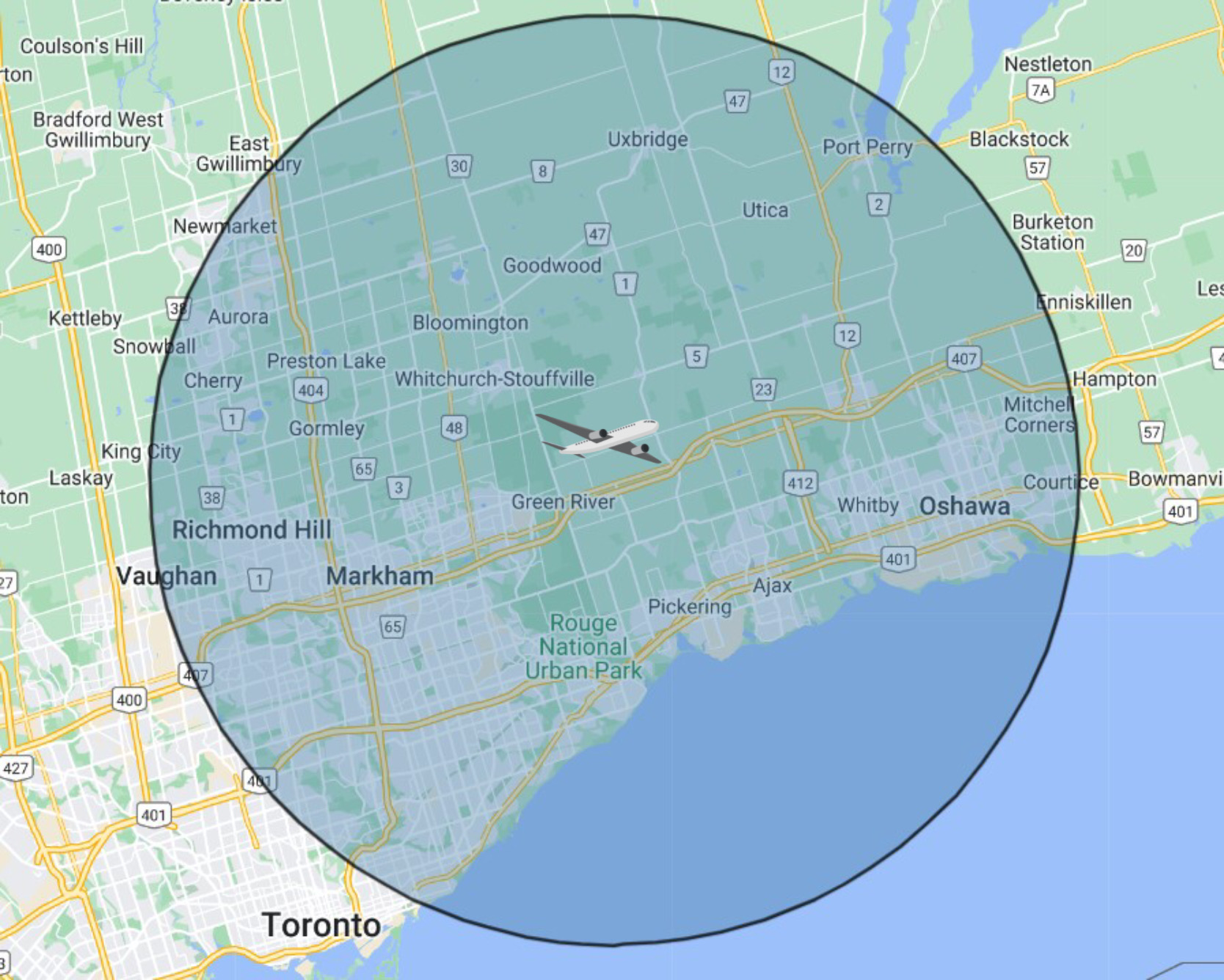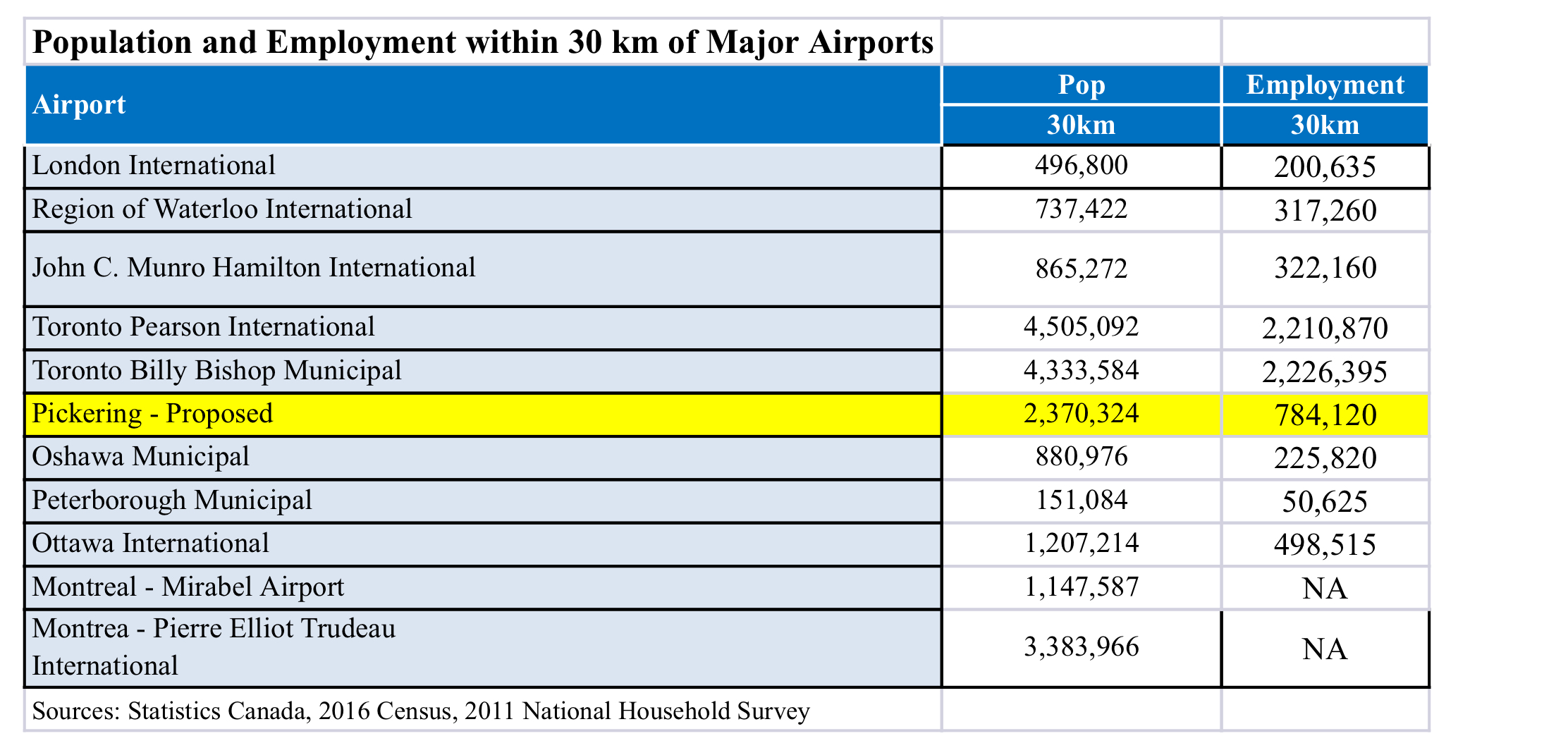An AEZ (Airport Employment Zone), also called an Airport Economic Zone, or an Advanced Enterprise Zone can be defined as:
A centre of urban and regional economic growth, which relies on the speed and flow of the economy of an airport.
For industry, an AEZ enables a global connection to customers, employees, and logistics. In the 21st century, airports have become logistics hubs connecting major mixed-use urban areas to national and global supply chains. As discussed in a previous post, the closer some industries are to a major airport, the more efficient and competitive they become. The advantage to aviation and logistics industries are clear. Industries unrelated to aviation are also relocating to AEZs to enhance competitiveness and efficiency.
An AEZ offers industry efficient access to customers and suppliers from around the world. All businesses can benefit from the infrastructure cluster created to support an airport including transit, road and rail. This infrastructure provides access to employees and services.
The new study just announced by Transport Canada will look at the demand for new aviation capacity, it’s distribution and accessibility. The study will look at consumer (Passenger) aviation as well as industrial, utility and cargo aviation capacity in Southern Ontario. AEZs and population distribution in Southern Ontario should be part of this study.
Passenger demand is a well-known combination of the natural demand from the population surrounding an airport (called a catchment area) and an airport’s role as an aviation hub servicing connections to other destinations. Industrial aviation is just as important economically but is less well known. Industries dependent on aviation logistics usually locate with in a 30-minute drive of an airport (typically a 30 kilometers radius). This is half the size of an airports passenger catchment area.
How big is the AEZ around Pickering Airport and how does it interface with other airports in Southern Ontario?
An airport wishing to encourage economic development around it must be able to accommodate at least a medium jet and have room for significant cargo operations. This is typically an airport with at least one 6000ft or longer runway. It must support all weather operations and have room airside for cargo operations. Existing General Aviation (GA) airports such as Oshawa or Buttonville or even Billy Bishop do not meet the criteria.

The tyranny of the location of an airport in relation to the population it services dictates its success. While there are a lot of factors around the areas influenced by an airport, we will use the population in a 30 km radius (30 minutes driving in uncongested traffic) as an indicator of value.
The closest industry cluster to Pickering airport will be an industrial park located directly on the 9600 acres of the federally owned Pickering Airport lands. This land is already set aside for the airport and its industrial park. Other industries can derive supply chain advantages by being located elsewhere within the airport’s area of economic influence.
If you live within the AEZ (as I do) you will benefit from the opportunities created by the new airport. You should see lower residential property tax rates and improved services. This is due to the property taxes paid by the new businesses and industry attracted by the AEZ.
The proximity to ground logistics infrastructure including Highway 407 and the Havelock rail line will be important factors to Pickering airport’s success. Traffic congestion, access to public transit and the good governance of local government will all play important roles. But the size and education level of the population base inside the AEZ is the key factor for success. Below is a list of major Canadian Airport showing the populations inside their AEZ.

Both Pickering Airport’s AEZ population and existing employment numbers highlight the dramatic opportunity, and the competitive advantage of the new airport. In 2016, within 30 km of the new Pickering airport, there was an existing population of 2.3 million people. This is three times the population surrounding Hamilton airport or Waterloo airport. More than double the population surrounding Ottawa International and greater than 7 of Canada’s provinces.

For both consumer and industrial aviation, a 2016 population of 2.3 million people living within 30 kilometers of the new airport is a guarantee of economic success.
In addition, rapid population growth is forecast for the eastern GTA. Using the 2021 Census, the AEZ population has already grown to 2,518,000. Without an airport the population growth will continue to grow, but will there be new high quality local jobs?
Based on the province’s Growth Plan, the population within the 30 kilometer AEZ could reach 3.7 million people who will need over a million high quality jobs!
Airports are economic engines. A prosperous AEZ will create new high paying jobs. This prosperity will enable lower taxes, better civic services such as education and better lifestyle opportunities. Without the new airport, the region will be an aviation dead zone, reducing prosperity for generations to come. With the rest of the southern Ontario region already planning to grow new locally accessible aviation capacity, the eastern GTA could become the poorest part of the region.
There is also a political dimension. Around the world, airport expansions are making for epic political battles. Why should existing but distant airports in other regions already surrounded by urban development expand more than is economically viable? Why should they do anything more than what is necessary for their own local AEZs and passenger catchment areas? The development of Pickering airport requires broader planning with other airport master plans and a broader urban planning strategy.
It is unethical both to create an aviation dead zone in the eastern GTA and to force other regions to attempt to compensate for that dead zone.
The nearby Pearson Airport Economic Zone is now down to only 0.5% of undeveloped employment land, and is facing congestion that the Toronto Region Board of Trade estimates is costing the economy $11 billion a year due to increased movement costs. This has contributed to the Pearson economic zone lagging in its transition to a Net-Zero economy. Why should Pearson face even more congestion just because a selfish few wish to block the building of a new long-planned airport in Pickering? Why should the taxpayer be forced to pay for this selfishness when private investors are willing to build Pickering airport today?
As the old saying goes, location, location, location!
The new airport is located next to existing highway and rail infrastructure as well as the Rouge National Urban Park. The new AEZ around it will provide a balanced environmental, lifestyle and transportation network attracting new residents and businesses. Pickering Airport’s AEZ will be a new economic engine for the GTA relieving the pressure on Pearson airport. It will reduce traffic congestion on highways and be a Net Zero emissions airport when it opens.
It is set to become a national success story adding billions to Canada’s GDP and creating tens of thousands of high value new jobs. The new study underway by Transport Canada is the starters pistol. Starting as a utility airport, Pickering can be open by 2029 and expanded as the region grows.
Related Posts:
Pickering and Toronto’s Major Jet Airports. – Friends of Pickering Airport
Why do Advanced Industries Locate Near Airports? – Friends of Pickering Airport
Airports and the Global Economy – Friends of Pickering Airport
New Pickering Airport to cut your property taxes in half – Friends of Pickering Airport
References:
Airport Employment Zone (aezcoalition.com)
Planning Method of Airport Economic Zone
The Pearson Economic Zone Growth Initiative | Toronto Region Board of Trade (bot.com)
(PDF) Spatial Planning Models of Airport-Driven Urban Development (researchgate.net)
1 Read article 44 of gtaa/ transport ground lease.
2 evaluate oshawa airport. All arguments produced here can be applied to that existing airport, at 10 cents on the dollar.
3 read london city uk business plan . Apply that to oshawa.
Mark has supported Pickering plans when that airport plan had runways at 23,000ft.
He is on the wrong side of history . His supporters are blain woodcock and company who know beans about beans. All superlinx nut bars. & Con artists…